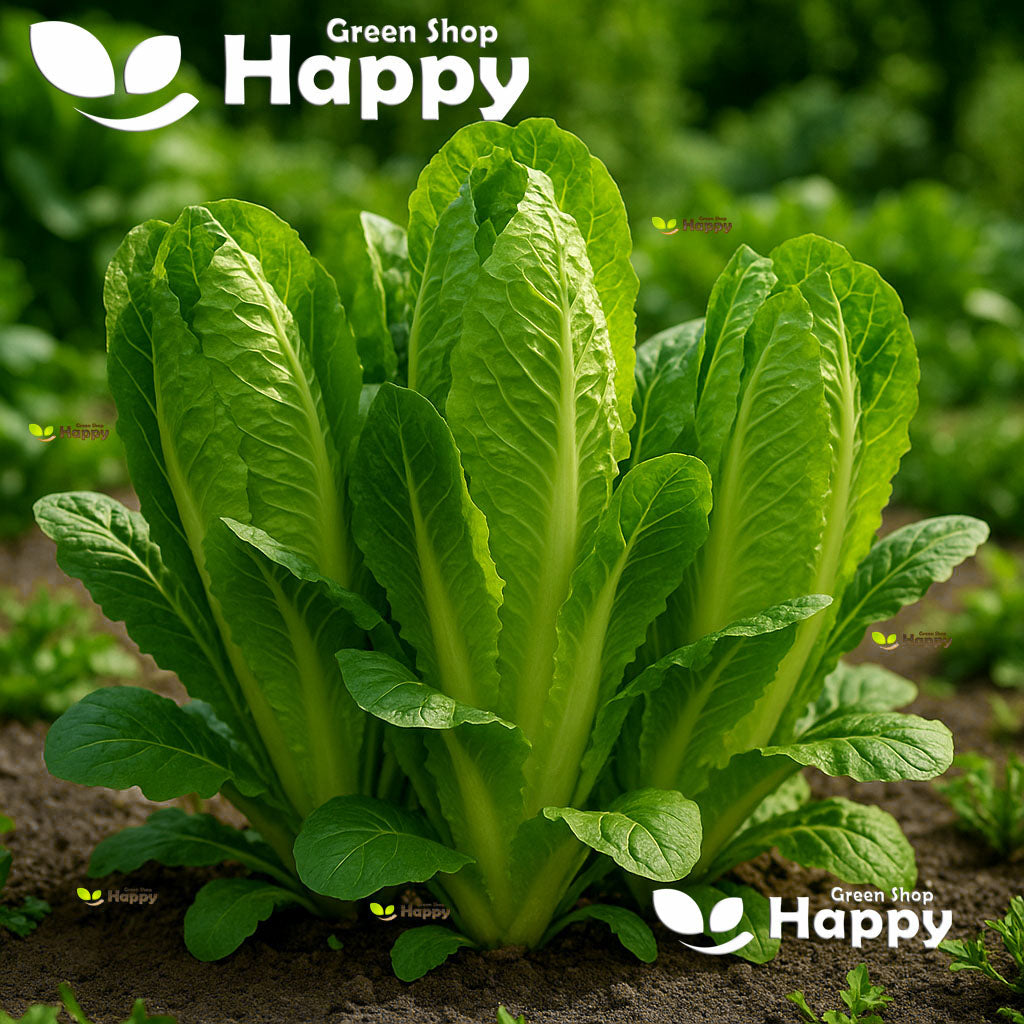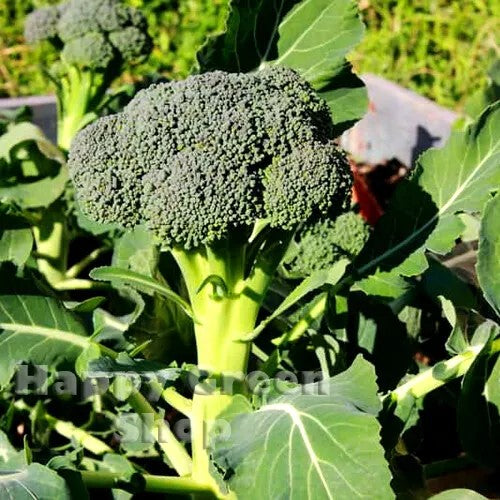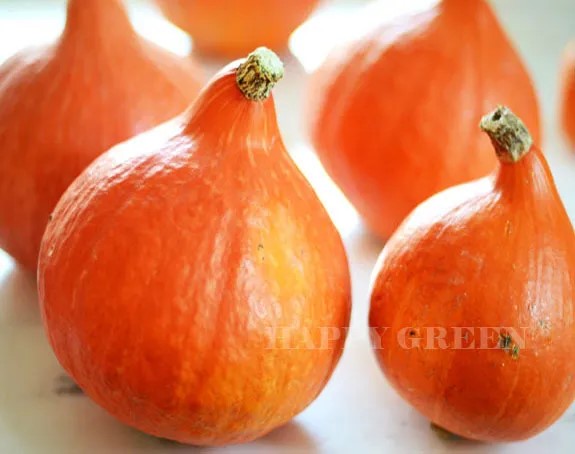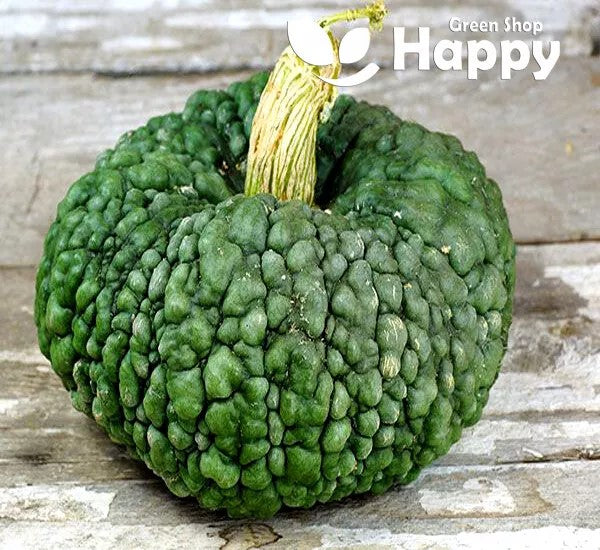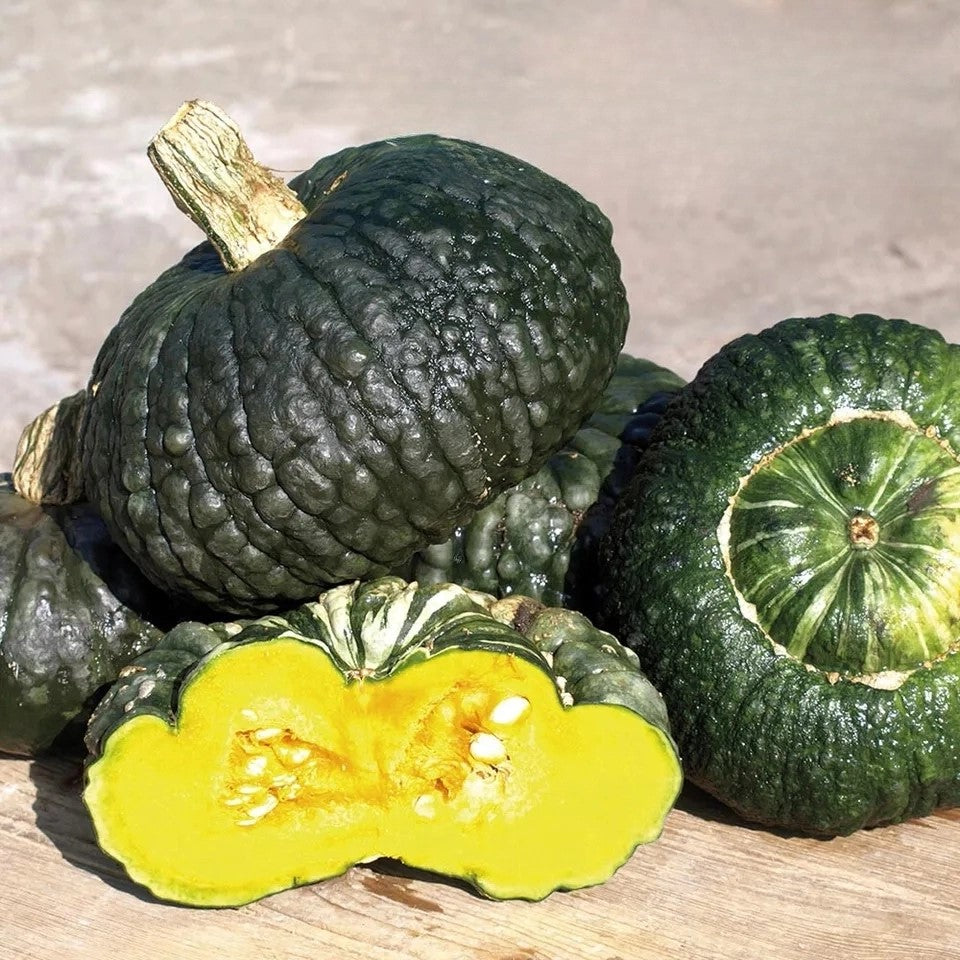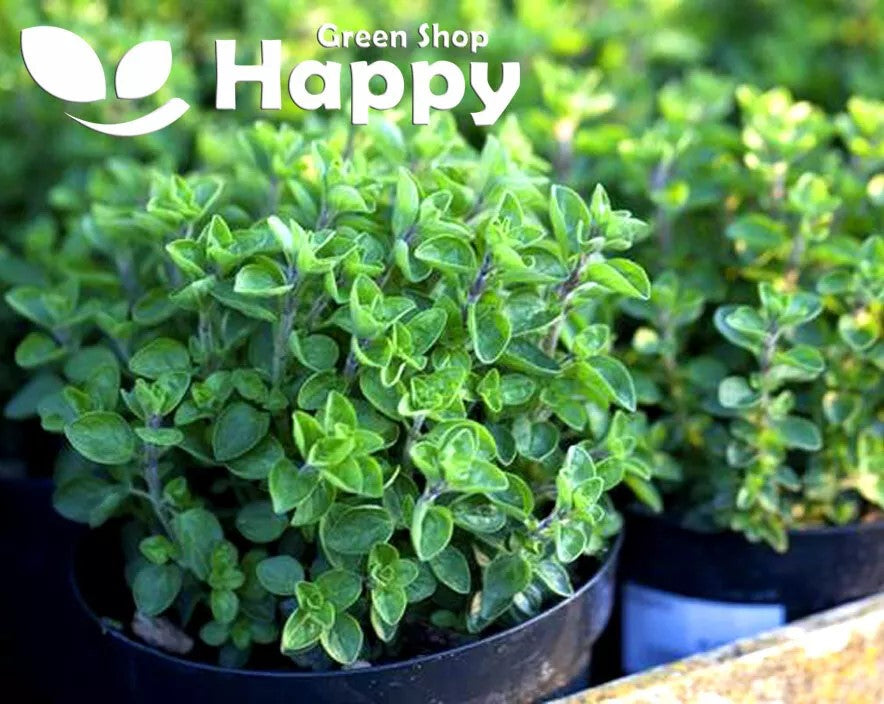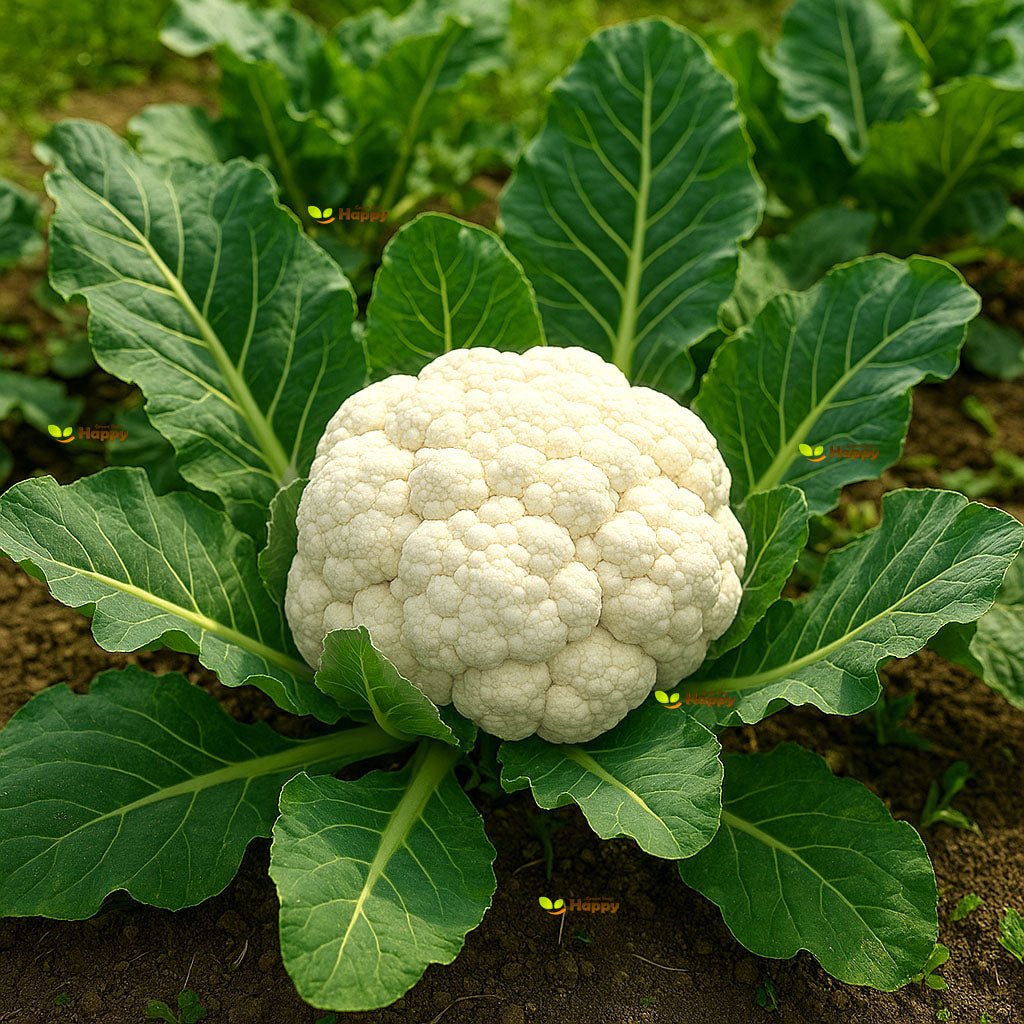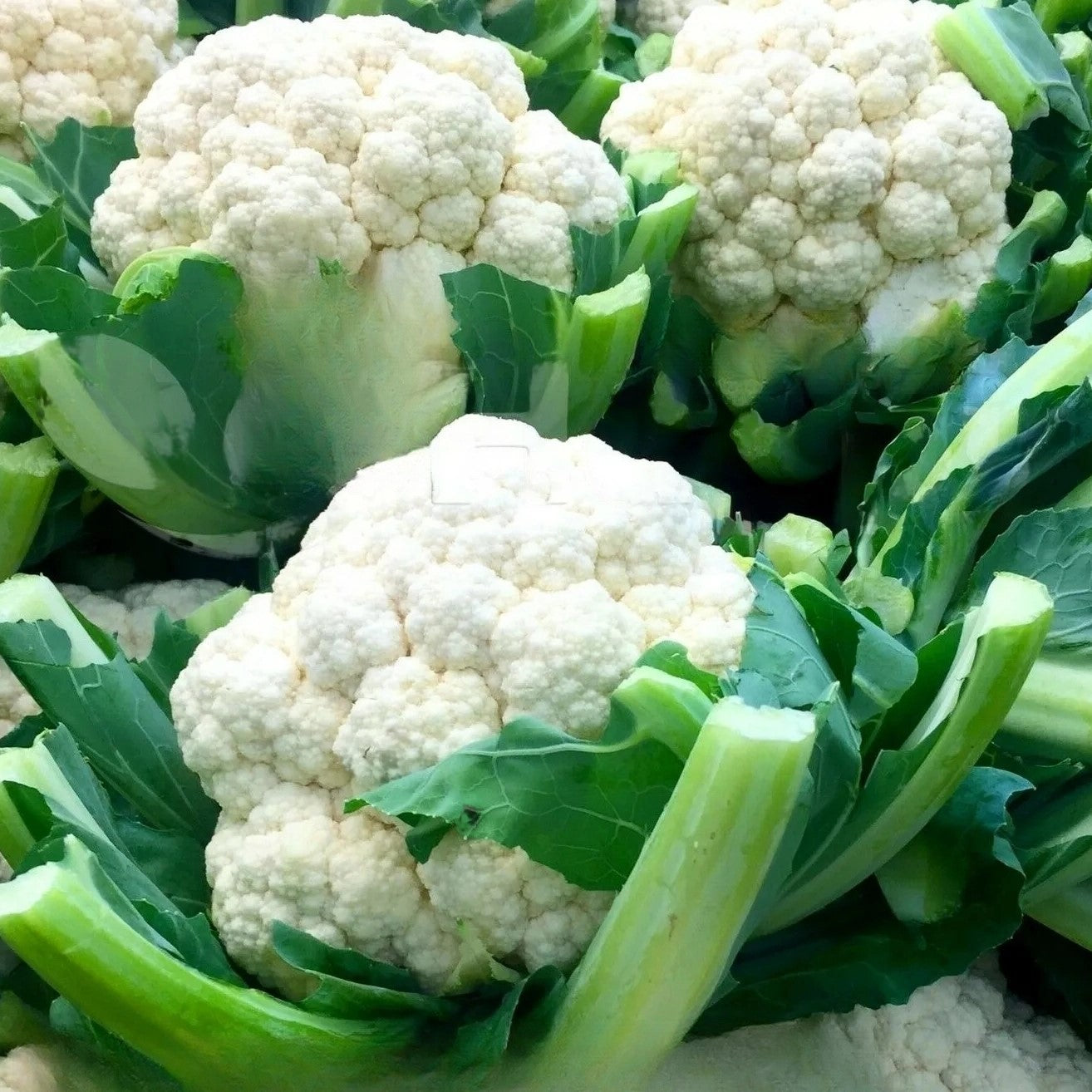Sort by:
41 products
41 products
Lettuce Cos ‘Paris White’ – Seeds
(Lactuca sativa)
Lettuce Cos ‘Paris White’ is a classic Romaine-type lettuce known for its crisp texture, tender hearts, and mild, sweet flavor. This reliable heirloom produces upright, compact heads with pale green leaves that blanch naturally to creamy white centers. Perfect for Caesar salads, sandwiches, and fresh garden dishes, it’s a favorite among home gardeners and chefs alike.
Key Features
-
Type: Romaine (Cos) lettuce
-
Growth Habit: Upright, compact heads
-
Leaf Color: Pale green outer leaves with creamy white hearts
-
Flavor: Mild, crisp, and sweet
-
Days to Maturity: 70–80 days
-
Resistance: Tolerates cooler temperatures and light frost
-
Harvest: Mid-summer to autumn
Ideal For
-
Crisp salads and Caesar-style dishes
-
Home gardens, raised beds, and containers
-
Continuous harvest or cut-and-come-again use
Sowing & Growing
-
Sow outdoors: March – July
-
Harvest: May – September
-
Spacing: 25 × 30 cm
-
Position: Full sun or partial shade
-
Soil: Fertile, moist, well-drained soil
Care Tips
-
Keep soil consistently moist for best texture.
-
Harvest in the morning for the freshest leaves.
-
For a steady supply, sow every 2–3 weeks.
Aubergine Eggplant ‘Black Beauty’ – 150 Seeds (Solanum melongena)
Description:
Grow classic, glossy eggplants with Aubergine ‘Black Beauty’ (Solanum melongena). This high-yielding variety produces large, dark purple fruits with tender flesh and mild flavor, perfect for grilling, roasting, or sautéing. Ideal for greenhouses, containers, and garden beds, ‘Black Beauty’ is easy to grow from seed and provides a long harvest throughout the summer. A favorite for home gardeners seeking versatile and productive eggplants.
Key Features
-
Large, glossy dark purple fruits
-
Mild, tender flesh suitable for a variety of dishes
-
High-yielding and long-harvesting variety
-
Easy to grow from seed
-
Ideal for greenhouses, containers, and garden beds
Ideal For
-
Kitchen and home vegetable gardens
-
Containers, raised beds, and greenhouse cultivation
-
Culinary use: grilling, roasting, sautéing
-
Home gardeners seeking productive eggplants
Sowing & Growing
-
Sow Indoors: February–April
-
Transplant Outdoors: May–June, after frost
-
Germination: 7–14 days at 20–25°C
-
Spacing: 50–60 cm apart
-
Support: Optional staking for heavy fruits
-
Light: Full sun
-
Soil: Fertile, well-drained, rich in organic matter
Care Tips
-
Water consistently, keeping soil evenly moist
-
Fertilize every 2–3 weeks with balanced fertilizer
-
Mulch to retain moisture and control weeds
-
Harvest when fruits are fully glossy and firm
Yellow Pear Tomato – Seeds (Solanum lycopersicum)
The Yellow Pear Tomato is a charming heirloom variety, producing clusters of small, pear-shaped fruits in a bright golden yellow. With a mild, sweet flavor and firm texture, these tomatoes are perfect for snacking, salads, and garnishes. Highly productive and ornamental, this variety adds a splash of sunshine to your garden and harvest baskets.
How to Grow
-
Sow seeds indoors from February to April, 0.5 cm deep in trays or pots.
-
Maintain a temperature of 18–22°C until germination.
-
Transplant seedlings into larger pots, then plant outdoors or in a greenhouse after frost.
-
Support plants with stakes or cages for heavy clusters of fruit.
Key Features
-
Heirloom variety with unique pear-shaped fruits
-
Bright yellow, bite-sized tomatoes
-
Mild, sweet flavor, perfect for fresh eating
-
Heavy crops over a long season
-
Ornamental and productive for gardens or containers
Ideal For
-
Fresh snacking and salads
-
Colorful vegetable gardens and patio pots
-
Gardeners seeking an heirloom with visual appeal
Sowing & Harvest
-
Sow: February to April
-
Plant out: May to June
-
Harvest: July to September
Quick Tip
-
Regular picking encourages more fruit production throughout the season.
Winter Broccoli 'Ramoso Calabrese' Seeds (Brassica oleracea)
Enjoy fresh, homegrown broccoli even in the cooler months with Winter Broccoli 'Ramoso Calabrese'. This traditional Italian variety is prized for its tender green shoots and rich, nutty flavor. Perfect for winter cropping, it produces multiple side shoots after the main head is cut, extending your harvest well into the season. A reliable and tasty addition to any winter vegetable garden.
How to Grow
-
Sow indoors from March to May or outdoors from April to June.
-
Transplant seedlings when large enough, spacing 45–60 cm apart.
-
Prefers fertile, well-drained soil in full sun.
-
Keep plants well-watered during dry spells.
-
Harvest main head first, then enjoy repeat harvests from side shoots.
Key Features
-
Traditional Italian winter broccoli variety
-
Produces tender, nutty-flavored green heads
-
Multiple side shoots for extended cropping
-
Hardy and reliable in cooler conditions
-
Great for steaming, roasting, or stir-fries
Ideal For
-
Winter and early spring vegetable gardens
-
Gardeners who want extended harvests
-
Nutritious, homegrown cooking
-
Allotments and kitchen gardens
Sowing
-
Best time: March to June
-
Depth: 1 cm
-
Spacing: 45–60 cm between plants
-
Position: Full sun, fertile soil
-
Harvest: November to March
Quick Tip
-
Cut the central head early to encourage plenty of side shoots for a longer, more abundant harvest.
Squash 'Uchiki Kuri' Seeds (Cucurbita maxima)
Discover the gourmet favorite Squash 'Uchiki Kuri', also known as the Red Kuri or Onion Squash. This reliable Japanese variety produces small, tear-drop shaped fruits with vibrant orange skin and rich, nutty-sweet golden flesh. Perfect for roasting, soups, curries, and baking, it’s a versatile squash that stores well for winter use.
How to Grow
-
Sow indoors in late spring or directly outdoors after frost.
-
Prefers fertile, well-drained soil in full sun.
-
Sow 2–3 seeds 2 cm deep in small pots or stations.
-
Transplant or thin to one strong plant per station, 90–120 cm apart.
-
Water regularly and feed for strong growth.
Key Features
-
Traditional Japanese squash with bright orange fruits
-
Nutty, sweet flavor with smooth golden flesh
-
Compact, manageable fruits (1–2 kg each)
-
Stores well for winter use
-
High-yielding and easy to grow
Ideal For
-
Roasting, soups, curries, and baking
-
Winter storage and long-lasting kitchen use
-
Home gardeners seeking gourmet squash varieties
-
Allotments, vegetable beds, or spacious gardens
Sowing
-
Best time: April to June
-
Depth: 2 cm
-
Spacing: 90–120 cm between plants
-
Position: Full sun, fertile soil
-
Harvest: September to October
Quick Tip
-
Cure fruits in the sun after harvest for longer storage life and enhanced sweetness.
Squash 'Marina di Chioggia' – Seeds (Cucurbita maxima)
The 'Marina di Chioggia' squash is a traditional Italian heirloom variety, prized for its rugged, dark green, warty skin and rich, sweet orange flesh. Originating from the coastal town of Chioggia near Venice, this unique pumpkin has been a staple in Italian markets for centuries and is still beloved today for its superb flavor in soups, gnocchi, risottos, and baking.
Its fruits are typically 3–5 kg, round, and deeply ribbed, with a long storage life that makes them excellent for use throughout the winter months. A true standout in the garden and kitchen alike!
How to Grow
. Sow indoors: April – May in pots, 2–3 cm deep
. Transplant outdoors: Late May – June, after frost risk has passed
. Sow outdoors: May – June, directly in the ground
. Spacing: 1 m apart in rich, well-drained soil
. Harvest: September – October, when fruits are fully ripened
Key Features
. Italian heirloom pumpkin with striking warty skin
. Fruits weigh 3–5 kg, perfect for storage
. Sweet, dense, orange flesh – ideal for roasting, soups & baking
. Long-keeping winter squash
. Traditional variety still popular in Venice markets
Ideal For
. Traditional and heritage vegetable gardens
. Chefs and home cooks seeking authentic Italian flavors
. Long-term winter storage
. Eye-catching display in kitchen gardens and autumn harvests
Sowing & Harvesting
. Sow: April – June
. Harvest: September – October
Quick Tip
For best results, feed regularly with compost or organic fertilizer and allow fruits to ripen fully on the vine for maximum sweetness.
Greek Oregano – Seeds (Origanum hirtum)
Greek Oregano (Origanum hirtum) is a robust perennial herb, prized for its intensely aromatic leaves that are essential in Mediterranean cooking. Known for its strong flavor, it is a must-have for seasoning pizzas, pasta, roasted meats, and vegetables. Easy to grow and drought-tolerant, it also produces clusters of small white flowers that attract bees and other pollinators.
Why Grow Greek Oregano?
-
Classic Mediterranean herb with strong, authentic flavor
-
Hardy perennial, easy to maintain
-
Drought-tolerant and thrives in poor soils
-
Attracts bees and pollinators when in bloom
Key Features
-
Type: Perennial herb
-
Height: 30–60 cm
-
Spread: 30–45 cm
-
Flowering: June–August
-
Position: Full sun
-
Soil: Light, well-drained
Ideal For
-
Culinary herb gardens
-
Mediterranean and rock gardens
-
Container growing
-
Pollinator-friendly borders
Sowing & Growing
-
Sow indoors: February–April in trays/pots
-
Germination: 10–21 days at 18–22°C
-
Transplant outdoors: After frost risk has passed
-
Direct sow outdoors: May–June
-
Spacing: 25–30 cm apart
-
Harvest leaves regularly for best flavor
Tip: Trim plants after flowering to keep them compact and encourage fresh growth.
Cauliflower ‘All The Year Round’ – Seeds (Brassica oleracea)
Description:
Enjoy reliable harvests with Cauliflower ‘All The Year Round’ (Brassica oleracea), a versatile and hardy variety suitable for spring, summer, and autumn cropping. It produces compact, white heads with excellent flavor and texture, ideal for steaming, roasting, or use in soups and casseroles. Easy to grow from seed, this dependable cauliflower performs well in most soils and weather conditions, making it perfect for home gardens and allotments.
Key Features
-
Reliable, hardy variety for multiple seasons
-
Compact, firm white curds with great flavor
-
Suitable for spring, summer, and autumn harvests
-
Tolerant of varying weather conditions
-
Easy to grow from seed
Ideal For
-
Home and kitchen gardens
-
Allotments and vegetable plots
-
Fresh cooking, freezing, and preserving
-
Year-round vegetable production
Sowing & Growing
-
Sow Indoors: January–April
-
Sow Outdoors: March–June
-
Transplant Outdoors: April–July
-
Germination: 7–14 days at 15–20°C
-
Spacing: 45–60 cm apart
-
Light: Full sun
-
Soil: Fertile, firm, well-drained
Care Tips
-
Water regularly, especially during dry periods
-
Protect young plants from pests and frost
-
Add compost or organic matter before planting
-
Harvest when heads are firm and white
Cauliflower 'Octavian' – Seeds (Brassica oleracea)
Cauliflower 'Octavian' is a reliable mid-season variety producing large, firm, creamy-white heads with a mild, delicate flavor. Ideal for steaming, roasting, soups, and gratins, it is a versatile addition to any vegetable garden.
This hardy variety performs well in a range of soils, offers excellent disease resistance, and is suitable for home gardens, allotments, and small-scale cultivation.
How to Grow
-
Sow indoors: February – April
-
Transplant outdoors: April – June
-
Depth: 0.5–1 cm
-
Spacing: 40–50 cm between plants, rows 60–70 cm apart
-
Position: Full sun, sheltered from strong winds
-
Soil: Fertile, well-drained, rich in organic matter
-
Watering: Keep soil consistently moist for optimal head development
Key Features
-
Mid-season cauliflower with large, firm, creamy-white heads
-
Mild, tender flavor suitable for steaming, roasting, soups, and gratins
-
High-yielding and reliable growth
-
Excellent disease resistance
-
Ideal for home gardens, allotments, and small-scale cultivation
Harvest
-
Harvesting period: July – September
-
Harvest heads when compact and firm to ensure the best flavor and texture.
Short Tip
Blanch the heads by folding outer leaves over them to maintain whiteness and protect from sunburn.
Showing 9/41

